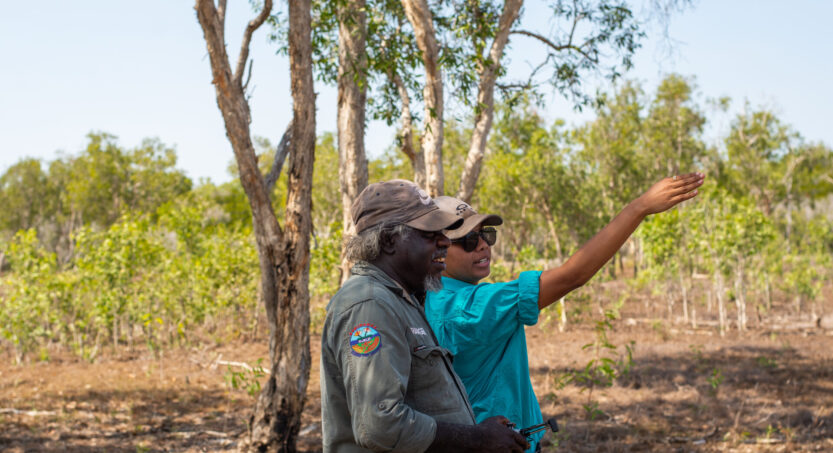
How the North Australian Indigenous Land and Sea Management Alliance is one not-for-profit leading the way in integrating ancient First Nations knowledge systems with the latest technology for outstanding cultural and environmental benefit.
When we consider land management practices in Australia, it’s clear that for 65,000+ years Traditional Owners cared for the environment in thriving sustainability. Compared to the dominance of western habitation for the last two centuries or so, coupled with global industrialisation that’s brought us devastating floods, fires and ecological peril, it’s not hard to see where the depth of knowledge and connected nature practices might lie.
While there is some way to go, First Nations land, sea and waters management practices are gradually becoming more widely recognised by mainstream agencies and two not-for-profits leading the collaborative way are the North Australian Indigenous Land and Sea Management Alliance Ltd (NAILSMA) and The Firesticks Alliance. Integral to First Nations Traditional Knowledge systems is the deeply held cultural obligation to take care of country and the plants and animals within for future generations.
NAILSMA supports Traditional Owner and Indigenous rangers to maintain their cultural practices with informed decision-making tools. NAILSMA is focused on capability building and developing the sector with formalised conditions, training and workforce pathways to increase cultural governance and economic diversity. It’s also working at the vanguard of merging ancient practice with technological innovation, such as using AI to predict areas at risk of soil erosion.
One of the projects NAILSMA is involved in is the Healthy Country AI program that supports Traditional Owners to responsibly collect, analyse and use digital data to complement Indigenous Knowledge in Kakadu National Park and the southern Cape. Their involvement was supported by the Telstra Foundation, among others. NAILSMA CEO and Djungan man Ricky Archer says: “We’re working with the Normanby Aboriginal Corporation to develop satellite ear tags to manage feral cattle, which threaten cultural health, wetlands and country.
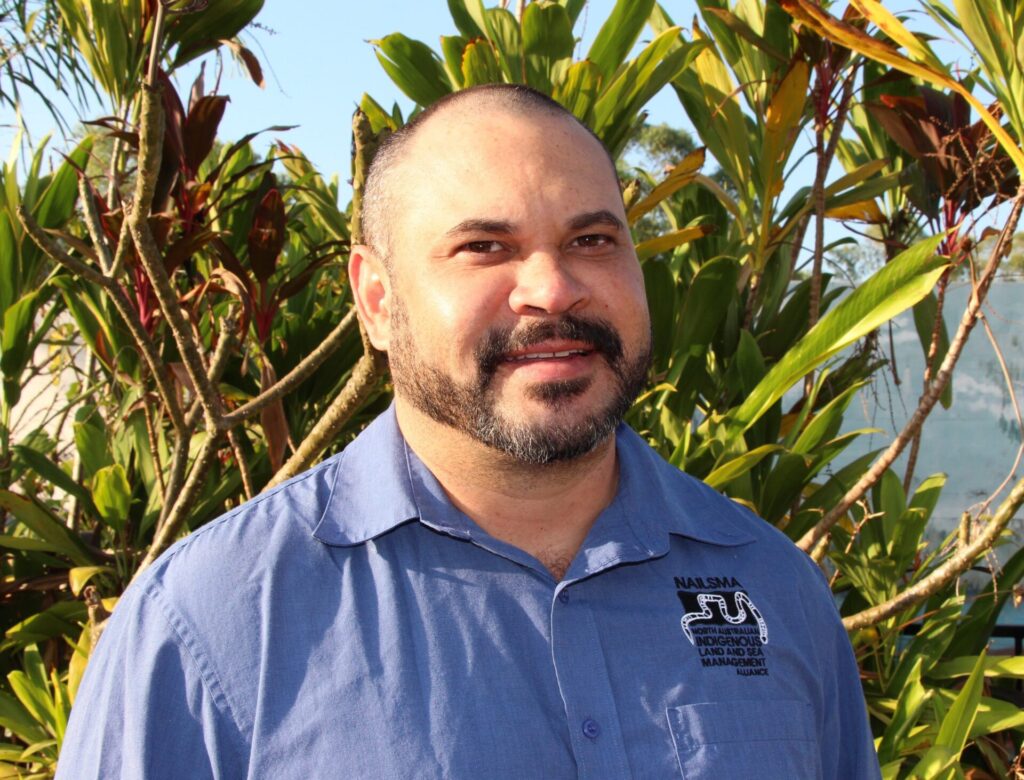
“A lot of gully erosion comes from the build-up of cattle or horse pads, so we can use real-time data from the satellite tags to know where the animals are going, then apply an AI system to do the predictive modelling about where we think gully erosion will be most impacted. We can then make management decisions based on the digital output so the Indigenous communities are a couple of years ahead of the problem starting.”
Empowering communities economically via the carbon market
Incorporating savanna burning traditional practices with carbon market monetarisation in Australian Carbon Credit Units (ACCUs) is another area where NAILSMA is helping to empower local communities economically. “Savanna burning methodology is built on that cultural practice of burning early in cool conditions. Then using a western and ecological framework, we can calculate the avoided emissions and greenhouse gases. Combining those knowledge systems gives us a number of outcomes – economic, environmental, but also cultural. We’re looking for opportunities to replicate that kind of thinking,” he says.
Ricky cites the work that The Firesticks Alliance has done in setting up the Cultural Fire Credits as an important initiative. “There’s the increasing appetite to incorporate traditional knowledge into mainstream practices and to incorporate with science, but sometimes we don’t focus enough on the fact that there’s a strong and well-developed cultural authority and framework that goes with this knowledge. We need to be mindful to deliver management regimes in culturally appropriate ways.”
Firesticks is an Indigenous-led organisation working with traditional fire management practices and running workshops for First Nations and non-indigenous people to learn. Inspired by the vision and 2005 research of Kuku Thaypan Elders Dr Musgrave and Dr George, Firesticks’ Lead Fire Practitioner Victor Steffensen refers to the land as an elder too – that “the knowledge is in the landscape. The Elders have not passed.”
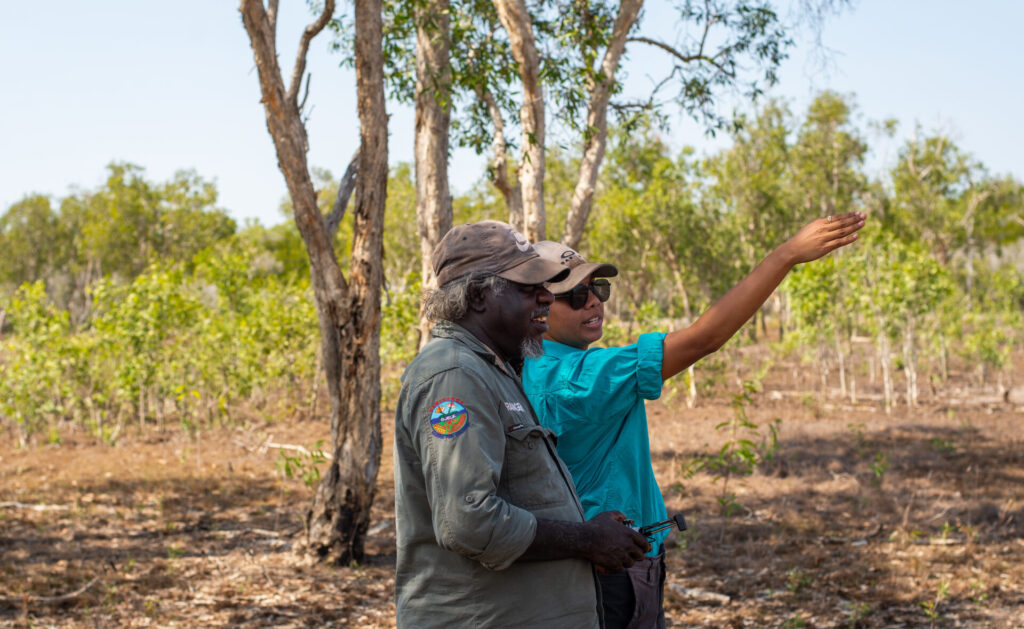
Carbon abatement is only one aspect of the picture. Even if all carbon production was ceased, there would be a significantly polluted atmosphere. Adrian Appo, our NAIDOC Week 2023 Guest Editor who wanted to spotlight the importance of NAILSMA and Firesticks’ work, says that the healing power of fire is also at the heart of traditional knowledge and it is not before time that they are being recognised. “Fire heals the people through the cleansing of a smoking ceremony, fire heals the country through restoration and the mitigation against hot fires, and fire heals the environment through carbon sequestration. It wasn’t so long ago that the First Nations practice of walking into the bush with fire was met with concern and suspicion. It’s now embraced and welcomed as a solution,” he says.
NAILSMA is establishing the National Indigenous Environmental Research Network (NIERN), as funded through the Australian Government’s NESP Marine and Coastal Hub. NIERN is aimed at improving scientific research practice involving Indigenous Australians. Ricky would like to see more recognition for the contribution that Aboriginal and Torres Strait Islander peoples make to achieving the International Development Goals and have more of a voice at international climate talks.
‘Traditional owners don’t come and go like government programs’
“Climate change is a priority discussion for a lot of groups and if you look at the Torres Straits, for example, it’s happening now. When you look at the extent of country that Traditional Owners nationally have a cultural obligation to look after, climate change is an ongoing threat and something that needs to be managed. Traditional Owners aren’t going anywhere, they don’t come and go like government projects or programs. They’re there forever,” says Ricky.
“So we need to find more appropriate ways to show the work Traditional Owners are doing in the land and sea management space and how they’re contributing to the Global Biodiversity Framework. We would like to strengthen a pathway to show how Indigenous groups contribute to achieving targets that get set at events such as COP 15 and COP 27, because currently there’s no accountable mechanism.”
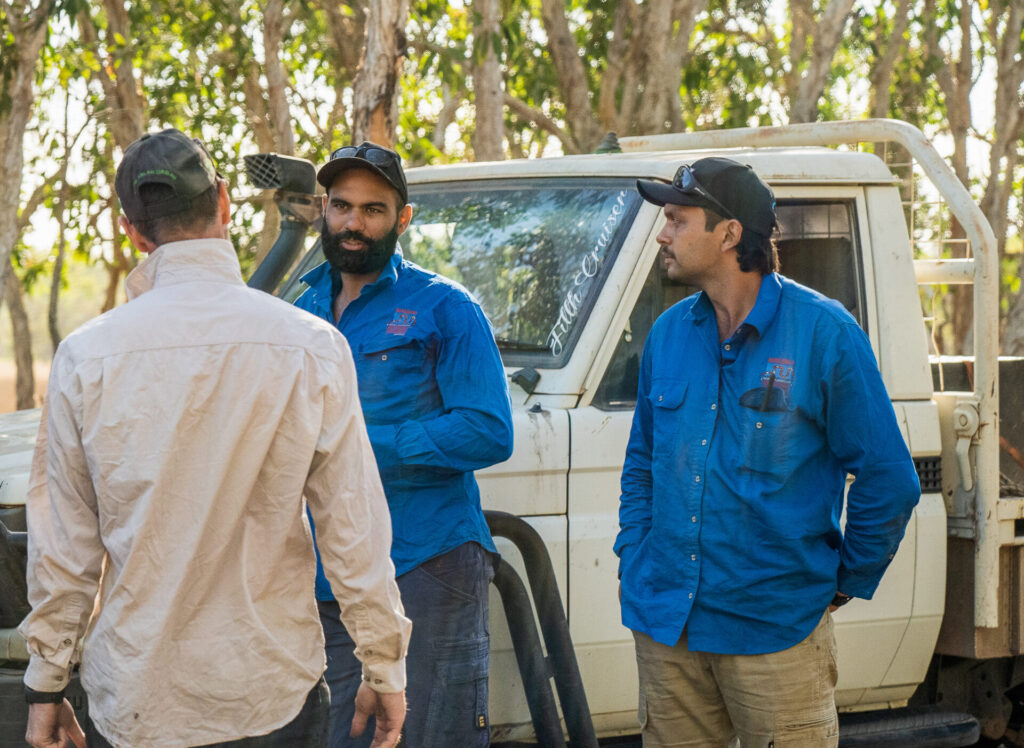
Ricky is buoyed by the appetite he sees in the philanthropic sector to engage with First Nations groups and have input from Indigenous perspective but believes there’s an opportunity to highlight best practices more so that a consistent approach might develop. “There are many varied experiences you hear across the country about how the philanthropic sector engages with Indigenous groups. Some great, some not so great, so there is an opening to have much better output on what Indigenous investment should look like. This is part of the challenge that we’ve set ourselves in our relationships.
“We want to maximise impact and build on the opportunities for Indigenous led-advocacy.”
Like Leah Armstrong, Ricky also favours a trust-based partnership with funders but acknowledges that relationships need time to develop. “Short-term funding leads to short-term outcomes,” he says.
“The hard thing is that it’s not one size fits all. What might work for NAILSMA could be completely different for another part of the country because it needs to be based around local aspirations, resources, infrastructure, capability and capacity.
‘Our successful philanthropic partnerships are built on trust’
“We understand that funders don’t always have that flexibility and some are looking for shovel-ready investments, but most of the successful partnerships we have are built on a strong foundation of trust, which can take years. But the baseline is looking at partnerships with groups that hold the same values as us and respect the strength of Traditional Knowledge.”
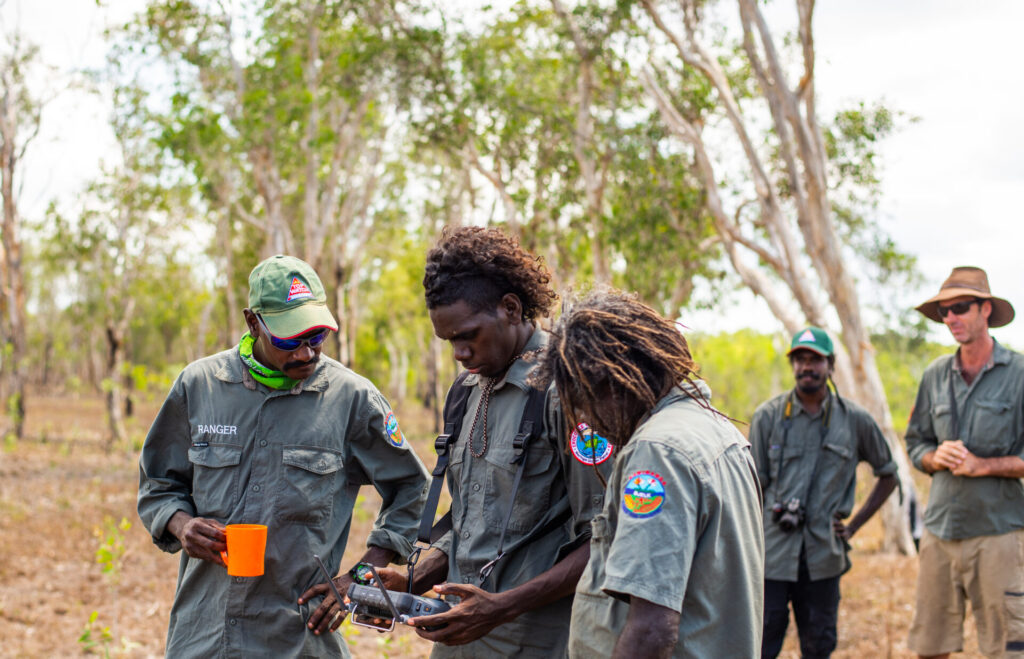
Ricky feels positive about the future “because we have to be optimistic” and that support for the Indigenous Voice to Parliament will help continue world-leading developments happening in traditional land and sea management, which are a bright light next to other areas still staggeringly lagging in progress. “Considering the massive percentage of land in northern Australia now under Indigenous Ownership, what we’re finding is that controlling that size of asset is not translating to the financial and social outcomes you’d expect. Just look at the Closing the Gap targets.
“This highlights the questions of where are the opportunities that we can translate investment into outcomes on country?
“We find the more you give Traditional Owners the tools to manage their cultural assets, there’s a natural flow-on effect to more robust outcomes not just in ecology and conservation, but cultural and social too.”